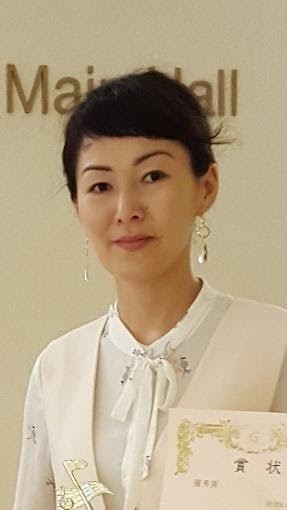ONLINE WORKSHOP FOR YOUNG SCIENTISTS
Views: 1466

"XXVII International Symposium on Morphological Sciences. CELL, TISSUE, ORGANS - EXPERIENCE, INNOVATION AND PROGRESS"
Dear colleagues, we announce that from May 27 to May 31, 2021, al-Farabi Kazakh National University will host an international symposium “XXVII International Symposium on Morphological Sciences. CELLS, FABRICS, ORGANS - EXPERIENCE, INNOVATION AND PROGRESS”. As a part of this symposium, a workshop (online) for young scientists will be held. In this regard we are pleased to invite students, undergraduates, and doctoral students of medical and biological specialties to be listeners in a workshop for young scientists.
All listeners can obtain a listener certificate by registering.
Registration link: http://www.isms2020.kz/index.php/young-scientists
ONLINE WORKSHOP FOR YOUNG SCIENTISTS
Theme: Immunofluorescence analysis of DNA damage response protein p53-binding protein 1: molecular indicator of genomic instability in human carcinogenesis
Timing: 28 May 2021 03:00 PM Almaty
Language: English
Zoom link: https://zoom.us/j/93630505950?pwd=UlhyK2p4N2NBSWd3Q3pwT1RMc280Zz09
Speaker: Zhanna Mussazhanova, MD, PhD, Assistant professor. Department of Tumor and Diagnostic Pathology, Atomic Bomb Disease Institute, Nagasaki University.
Plan of workshop
- DNA damage and repair
- Genomic stability: the guardians of the genome stability
- Immunofluorescence analysis of 53BP1 expression attractive candidate biomarker to evaluate a presence of genomic instability.
- Laboratory technique guide: immunofluorescence
Brief review:
Defective DNA damage response (DDR) can result in genomic instability (GIN) and lead to the transformation into cancer. P53-binding protein 1 (53BP1) belongs to a family of evolutionarily conserved DDR proteins. Because 53BP1 molecules localize at the sites of DNA double-strand breaks (DSBs) and rapidly form nuclear foci, the presence of 53BP1 foci can be considered as a cytologic marker for endogenous DSBs reflecting GIN. And it has been well documented in vitro by immunofluorescence studies, that 53BP1 nuclear foci might serve as a valuable molecular marker of genomic instability during carcinogenesis of thyroid, skin and cervical tumors.








